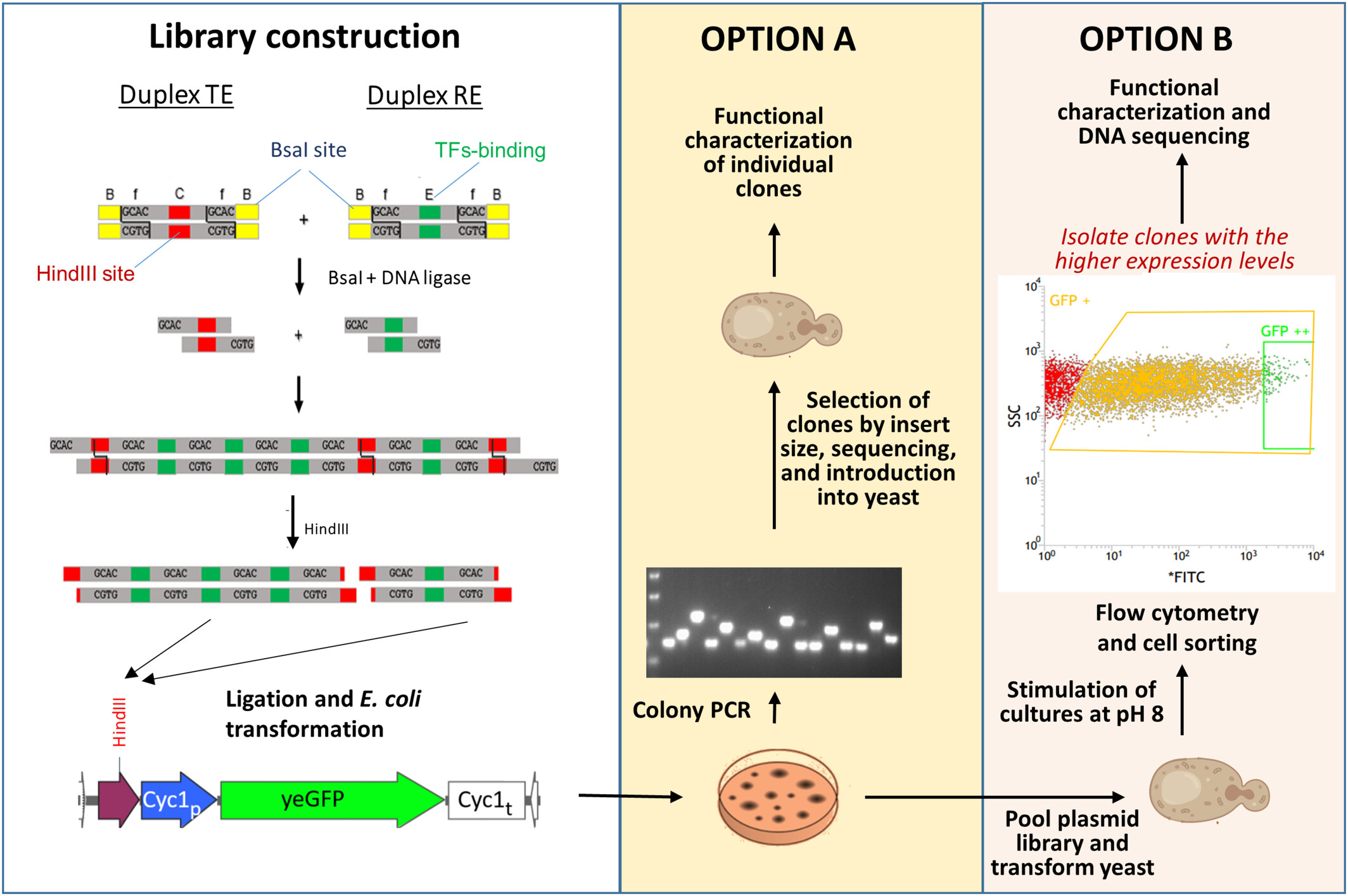New advances in promoter regulation for protein production in yeast
The Yeast Molecular Biology Group at IBB publishes two key research papers on the use of alkaline pH-activated promoters in Saccharomyces cerevisiae and Komagataella phaffii, with relevant industrial applications

The vast majority of proteins of industrial or biomedical interest, regardless of their origin, are currently obtained through recombinant DNA techniques and heterologous expression in microorganisms. Yeasts, as an example of eukaryotic microorganisms, are a widely used platform for these purposes. In this context, the development of regulatable promoters that can function with any carbon source has been a very active research area for years.
The Yeast Molecular Biology Group at the IBB, which has been actively working on this topic for some years by studying the potential of promoters regulated by medium alkalinization, has recently published two nearly simultaneous articles that represent a significant advancement in the field.
In a first article, published in Microbial Biotechnology, and using the yeast Saccharomyces cerevisiae as a host, they developed a strategy to construct synthetic promoters combining different transcriptional regulatory elements activated by alkaline pH. They demonstrated that these promoters can be used advantageously compared to existing systems to express laccase, an enzyme of industrial interest in pulp processing.
In a publication from last year, the research group showed that it is possible to exploit the potential of native pH-inducible promoters in Komagataella phaffii (formerly known as Pichia pastoris), a yeast of major importance in industrial enzyme production.
In the recent publication in Scientific Reports, the group clarifies some of the essential components involved in the signaling that governs the expression of these promoters. Using RNA-seq and proteomics techniques, they studied the impact of mutations in two transcription factors, Rim101 and Crz1. The studies conclude that Rim101 governs at least 50% of this response, making it a key target for process optimization.
You can find more information about the discoveries in the articles recently published by the research group:
- Albacar, M., Casamayor, A., Zekhnini, A. et al. Signaling pathways contributing to the transcriptional response to alkalinization in Komagataella phaffii: role of the transcription factors Crz1 and Rim101. Sci Rep 15, 35841 (2025). https://doi.org/10.1038/s41598-025-20192-6
- Zekhnini, A., A. Casamayor, and J. Ariño. 2025. Combinatorial Alkali-Responsive Hybrid Promoters as Tools for Heterologous Protein Expression in Saccharomyces cerevisiae. Microbial Biotechnology 18, no. 9: e70213. https://doi.org/10.1111/1751-7915.70213.
